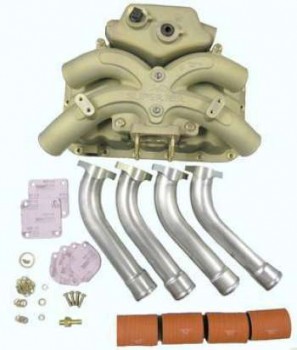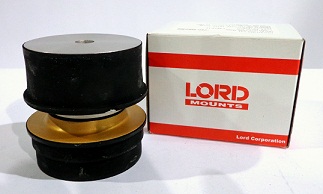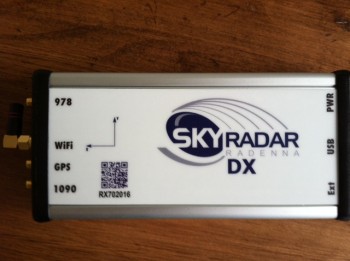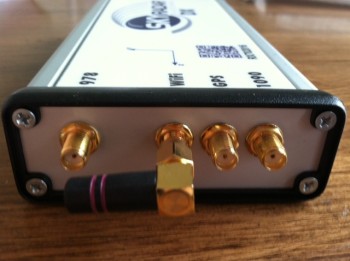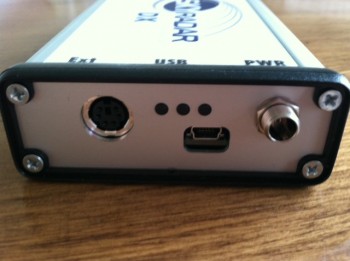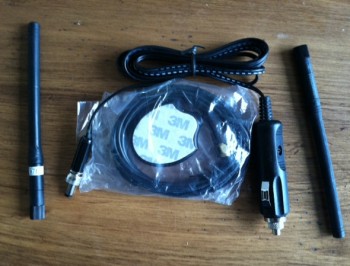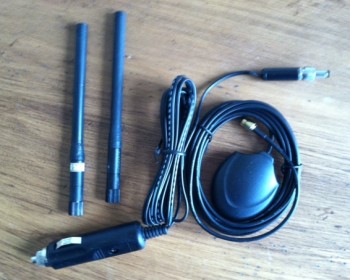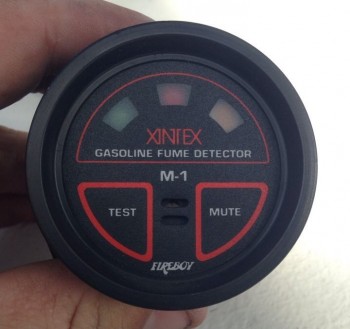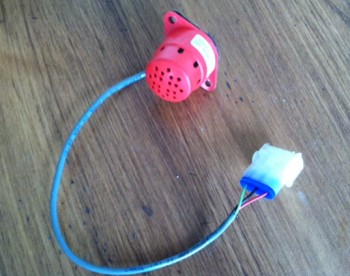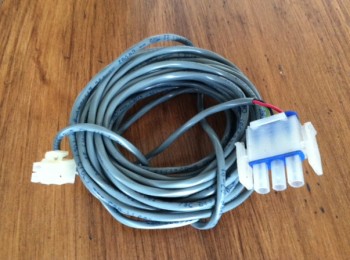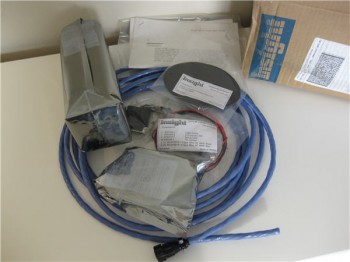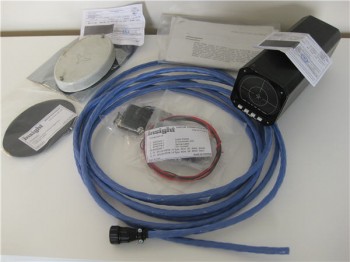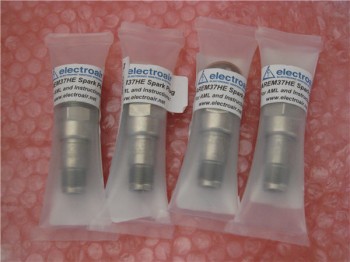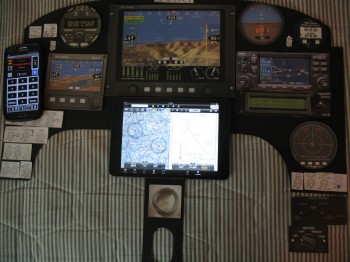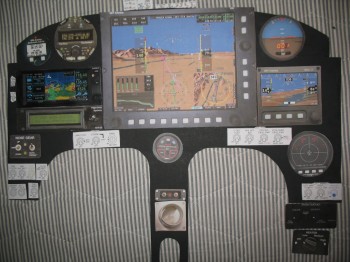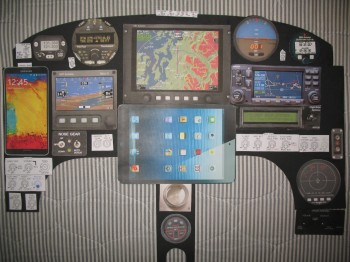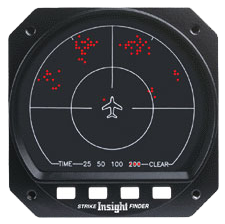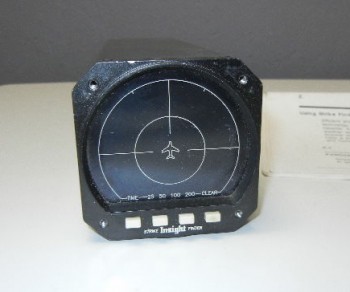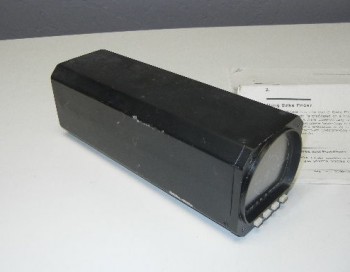Today I sent a check off to my engine builder, Tom Schwietz, at Aero Engines for a Superior Cold Air Induction Sump Kit. I have been doing a ton of research on my cold air induction system over the past few weeks, and finally decided to go with Superior over the Sky Dynamics cold air induction system [Note: None of the pics below are of my particular set-up, but merely included as representative of the Superior cold air sump system].
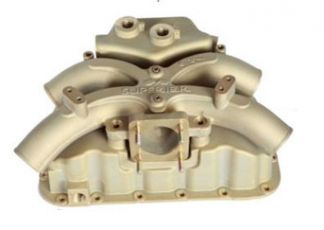
Why Superior? Cost and size. Ok, there’s no doubt, in my mind at least, that Sky Dynamics’ cold air sump is the best cold air sump for a Lycoming that money can buy. This makes sense, since the Red Bull Air Racing team uses this system on their race planes. But although the Sky Dynamics is the best that money can buy (again, my opinion), it takes a whole lot more money to acquire this system than it does the Superior cold air system. The Superior system works well enough for what I need it to (more on that below) and is about $2000 cheaper, which of course is money that can be used to acquire other cool airplane stuff. Also, even though Superior is about 3 lbs heavier than the Sky Dynamics, it is still about 6-7 lbs lighter than the original Lycoming vertical oil sump.
Now, why not ECi’s cold air induction? ECi makes a great, lightweight magnesium cold air induction sump, but the two main issues with the ECi have to do with shape and configuration. First, the shape of the oil sump is much like the original Lycoming cold air induction sump in that it has “wings” that stick out on both the right & left side of the oil sump. These “wings” probably aren’t an issue in a normal downdraft cooled tractor airplane like an RV or Glastar, but for an updraft cooled pusher I want as much unimpeded airflow up through the cylinders as possible. Unfortunately, ECi’s oil sump “wings” sit in the path of cylinder cooling airflow. Next, the configuration of the cold air plenum sits farther forward on a tractor configuration than both the Sky Dynamics and Superior cold air sumps. On a pusher canard, this of course means the cold air intake plenum, and thus the fuel injection servo, are situated farther aft… and in such a tight cowling as on the Long-EZ, space is a premium. Especially when I’m going to have to do a near 180° U-turn on my intake ducting to bring air into the rear-facing fuel injection servo. So above are the primary reasons that I eliminated ECi from consideration.
As for the positioning of the fuel injection servo as it’s mounted to the cold air plenum, the Superior has the best (farthest forward in a pusher configuration) of the cold air induction systems I assessed. As you can see in the pics below, on the Superior the fuel injection servo is pretty much mounted in line parallel with the aft edge of the oil sump, unlike either the ECi or Sky Dynamics sumps. As I mentioned above, this provides more room in the aft end of the cowling for not only routing the intake air duct, but clearance between the fuel injection servo and both the alternator and starter.
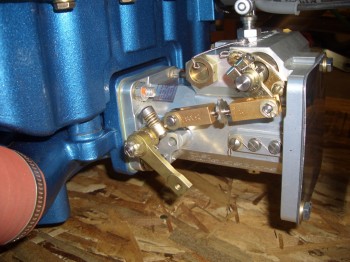
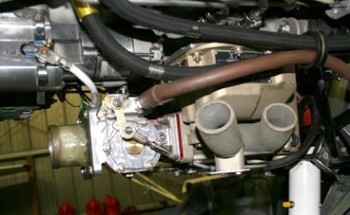
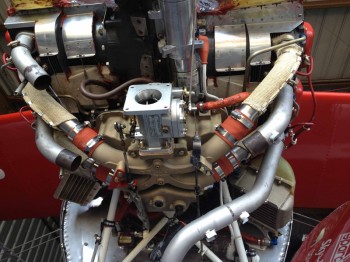
Now the intake plenum on the Superior is significantly smaller than both the ECi and Sky Dynamics plenums, but still, the reviews on the Superior Cold Air Sump are pretty darn good.
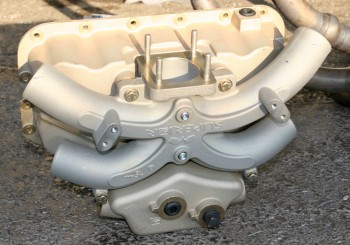
One other distinguishing feature on the Superior sump is the robustness of the fuel injection servo mount. The Sky Dynamics requires extra mounting brackets to secure the servo since the cantilevered weight of the servo would prove too much for the mounting interface.
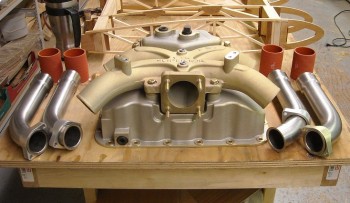
Finally, after reading some discussions on the advantages of cold air induction–or lack thereof–from R. Mahlon and Rod Bower, I seriously considered giving up my goal on cold air induction and simply going with the standard Lycoming vertical oil sump. The problem with a regular oil sump though is weight. Going with a cold air induction sump actually saves a good amount of weight, if nothing else. Moreover, the normally accepted value for increase in horsepower using cold air induction vs. a vertical oil sump is 5-7 HP. If I can gain even half of that while saving weight, I’ll still be happy with the system.
